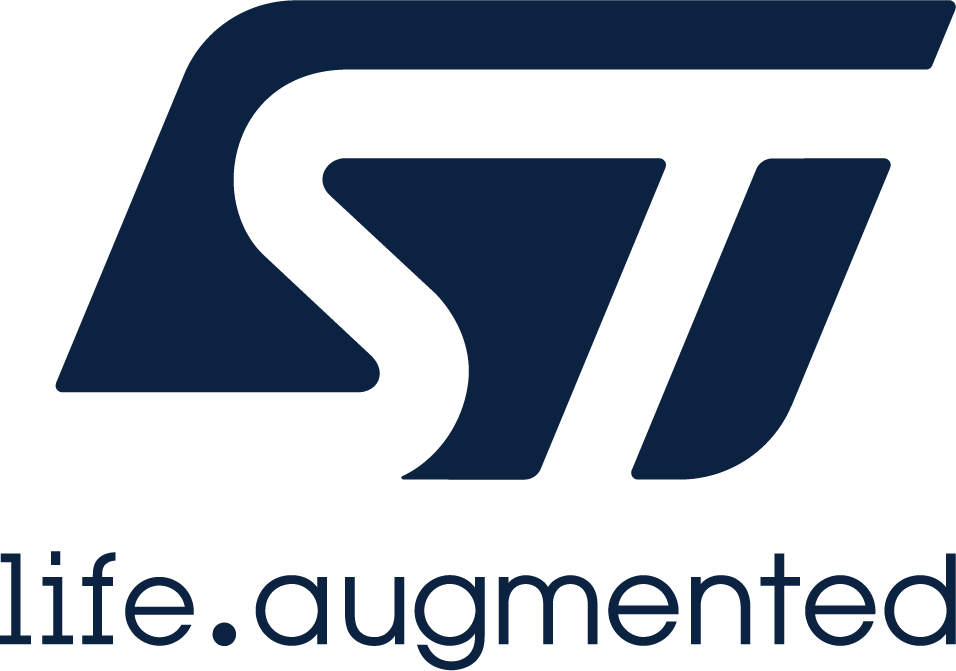With the continuous development of digital circuit technology, FPGA (programmable logic device) and STM32 (a type of microcontroller based on ARM Cortex-M core) have become two important and different fields in the electronic field. This article will introduce in detail the characteristics, uses and differences of FPGA and STM32 to help you better understand the application fields and advantages of these two technologies.
FPGA (programmable logic device)
Features:
FPGA is a programmable logic device with flexible hardware programming capabilities. Compared to fixed-function hardware, FPGAs allow engineers to program them to perform a variety of different logic and digital circuit functions according to specific needs.
Application areas:
FPGAs are primarily used in applications that require a high degree of customization and flexibility. For example, image processing, signal processing, communication systems, and complex digital logic design. FPGA can be used to implement high-performance, low-latency systems and is suitable for scenarios that require customized hardware solutions.
Advantage:
1. Flexibility: The biggest advantage of FPGA is its flexibility. It can be reprogrammed so that the same piece of hardware can perform different functions and adapt to a variety of application scenarios.
2. Parallelism: FPGA has advantages in processing large-scale parallel tasks and is suitable for applications that require highly parallel computing.
The difference between FPGA and STM32: different paths for flexible programming and embedded control
STM32 (ARM Cortex-M based microcontroller)
Features:
The STM32 is a series of microcontrollers produced by STMicroelectronics. Based on the ARM Cortex-M core, it provides a wealth of peripherals and functions and is suitable for various embedded system applications.
Application areas:
STM32 is mainly used in embedded systems and small controller applications. It is widely used in consumer electronics, automotive control, medical equipment and other fields. STM32 is designed to provide stable, low-power embedded control solutions.
Advantage:
1. Low power consumption: The STM32 series microcontrollers focus on low-power design, making them ideal for many mobile and portable devices.
2. Ease of use: The STM32 development environment and tool chain are relatively easy to use, making the development of embedded systems easier.
3. Cost-effectiveness: The STM32 series products provide cost-effective solutions and are suitable for scenarios that require low-cost embedded systems.
The difference between FPGA and STM32
1. Application scenarios:
-FPGA: Suitable for scenarios that require a high degree of flexibility and customization, such as signal processing, image processing, etc.
-STM32: Suitable for embedded control applications, such as home appliances, automotive control, sensor control, etc.
2. Hardware description vs. programming language:
-FPGA: Use hardware description languages (such as Verilog, VHDL) for programming to describe the logic of hardware circuits.
-STM32: Use high-level programming languages such as C language for software development, paying more attention to program control and logic.
3.Performance and power consumption:
-FPGA: Due to its customizable hardware characteristics, it can provide high performance to a certain extent, but the power consumption is relatively high.
-STM32: Focus on low-power design, suitable for embedded systems with high power consumption requirements.
4. Development complexity:
-FPGA: Developing FPGA usually requires hardware design experience and a certain understanding of digital circuits.
-STM32: Developing STM32 is relatively simple, and software development can be carried out through a standard integrated development environment (IDE).
5. Cost:
-FPGA: FPGA is usually relatively expensive and suitable for applications that require high performance and flexibility.
-STM32: STM32 provides a cost-effective solution for scenarios requiring low-cost embedded control.
In short, there are significant differences between FPGA and STM32 in terms of application fields, programming methods, performance and power consumption. Choosing the appropriate technology depends on the specific application requirements. For applications that require customized hardware circuits, high performance and scalability, FPGA may be a better choice; while for embedded control and low power consumption application scenarios, STM32 is more suitable. for a suitable solution.


